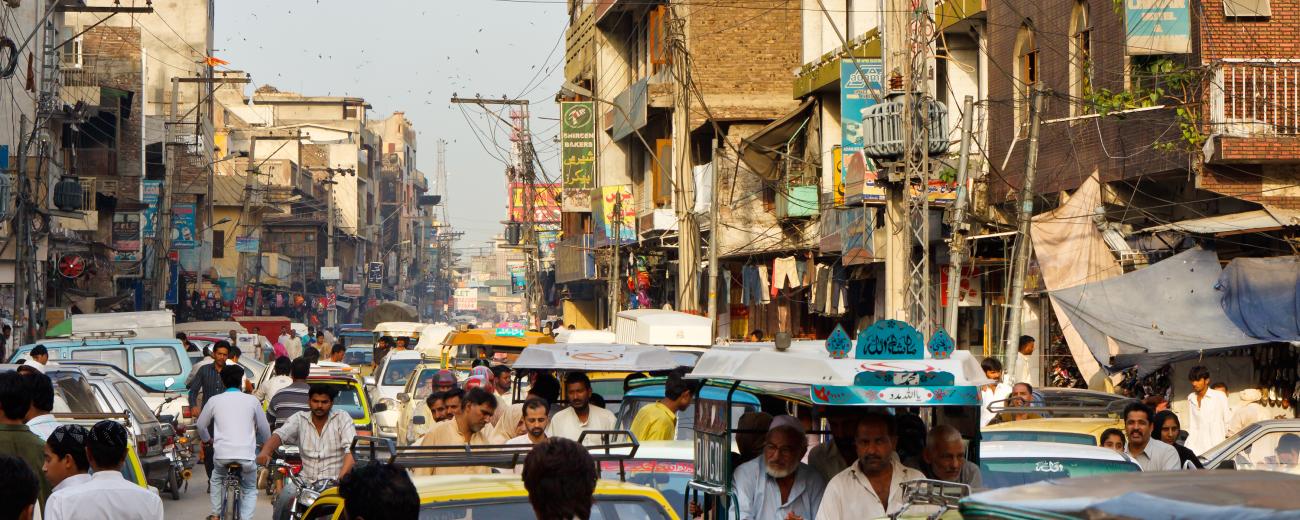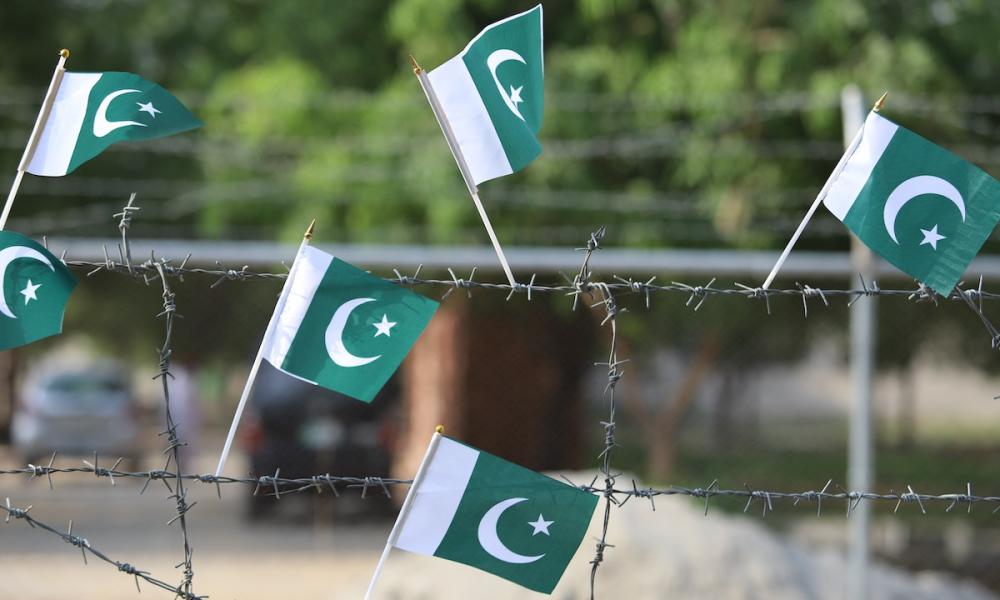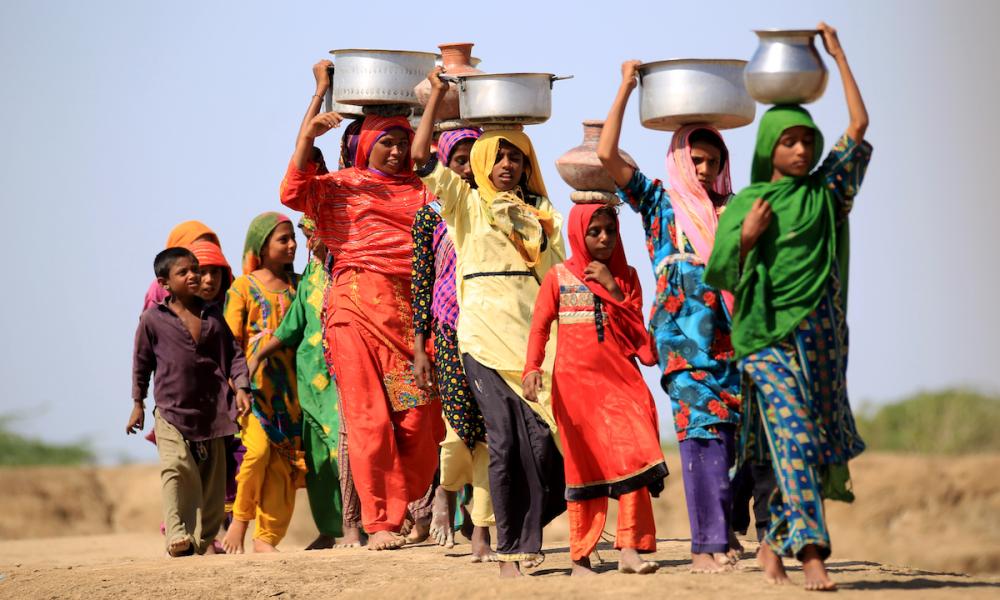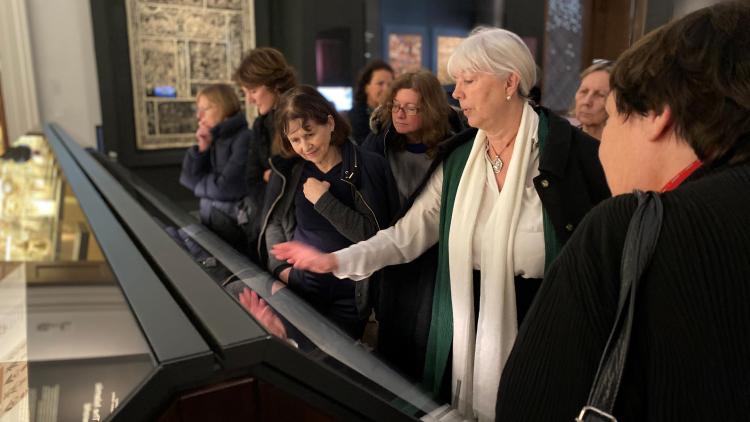Pakistan: An interesting paradox of growth without development


There is an epigram widely popular amongst Pakistanis and also maintained by many scholars that “every country has an army, but in Pakistan, the army has a country.” A few years ago, I read an interesting hypothesis put forth by William Easterly (2001) about Pakistan’s political economy, ‘Growth without development’. Despite adequate per capita growth, donor support and a network of educated elites, Pakistan “systematically underperforms on most social and political indicators – education, health, sanitation, fertility, gender equality, corruption, political instability and violence, and democracy – for its level of income.” The professional elite within Pakistan is at a similar level to those in the industrialized world. However, despite all these characteristics, Pakistan has failed to grow as compared to its competitors, such as India and Bangladesh. This piece is an attempt to unpack certain hypotheses, analyse Pakistan’s political economy, explore why growth is not sustainable in Pakistan, and why respectable GDP (gross domestic product) growth and inflow of money cannot be translated to human development at large.
The inherent and structural fault lines
Pakistan is a praetorian democracy where authoritarian rule to control the masses is interconnected and intrinsic to the ethnic, religious and gender fault lines across the country. This involves military institutions having de-facto veto power over Pakistani politics, thus playing a pivotal role in devising economic policies. There are structural and inherent fault lines within Pakistan’s political economy.
The legacies of Partition
The ongoing political and economic crisis in Pakistan must be viewed within the context of history. After independence, Pakistan emerged as a weak economy with little or no industry at all. It had a financial structure that contributed just 17% of India’s tax revenue before the Partition in 1947, and it had inherited a weak military.
Military dominance is a Partition legacy. Pakistan’s defence requirements were above its financial resources, and it couldn’t fill that gap. The perceived threat from India and Afghanistan, along with the Kashmir issue, led Pakistan to seek support from a capitalist centre for its survival. Against this backdrop, Pakistan’s military was able to make security alliances with America due to its geo-strategic interests in this region during the Cold War.
This led to economic dependence on the US from 1948 onwards, giving U.S. policymakers influence, as Ishrat Hussain (2009) argues; “This combination of foreign advisors, Pakistanis trained in U.S. universities, and policy-oriented research…laid the foundations of economic thinking for a market-friendly, private sector-led liberal, neoclassical model.”
The power of the Pakistan army
A popular narrative, based on weak empirical evidence, suggests a positive correlation between economic growth and military regimes. The argument goes that military intervention is important for Pakistan’s survival, or else the US will invade Pakistan, and its fate will be like Iraq or Afghanistan. Contrary to this, Pakistan’s economic activity has suffered worse disruptions due to political unrest, policy reversals and frequent regime change, which aggravated the tendency of risk aversion. The strengthening of the military was seen as a solution to fix “political uncertainty and instability [which] are anathemas to a market-based economy”, as argued by Hussain (2009).
The strength of the Pakistan Army lies in the weakness of other institutions. Foreign aid from the US remained at its highest during the military dictatorship as compared to democratic governments. This, in turn, facilitated the military to emerge as the final arbiter and power broker with closer ties to the US establishment. This is another factor that contributed to Pakistan’s structural problems – its location in the fault region and near Afghanistan. Some presumed security experts argue that Pakistan has a fantastic geo-strategic location that should be used for its benefit.
The reliance on foreign aid
Foreign aid has remained a consistent characteristic of Pakistan’s economy, from the US, the Kingdom of Saudi Arabia and now China, Qatar and UAE. Foreign aid is not inherently bad, but the question is, how do you move away from it?
From the 1980s, Pakistan became dependent on the IMF. It was the era when the IMF started to play a predominant role in economic management, offering loans and determining how policies should be. There were positive examples of this model, with some reforms being useful and essential. Many countries took help from IMF and then exited from it after returning in a year or two (e.g. South Korea, Thailand, Malaysia, Philippines were forced to take loans from the IMF after the East Asian Crisis in 1997).
The Pakistani state, while implementing the IMF-led policy frameworks, only adopted a few easier reforms while disregarding the hard policy choices by requesting waivers or totally abandoning the programmes. Since the IMF’s policy framework evolved over the late 1980s, it’s dealing with Pakistan has major political connotations attached to it, for instance, events like the Afghan war (1979) and 9/11 have shaped the IMF’s dealing with Pakistan, which suggests the role of IMF wasn’t clear. Pakistan’s lack of domestic economic reforms resulted in taking loans from the IMF again and again.
Unpacking paradox
The recent political polarization and economic crisis in Pakistan are a result of a combination of factors, including a lack of elite consensus, both civilian and military: “Economic privileges accorded to Pakistan’s elite groups- corporate sector, feudal landlords, the political class and the country’s powerful military, add up to an estimated $17.4bn, or roughly 6% of the country’s economy”, a new United Nations report has found. If the state fails to devise domestic economic reforms and elite consensus, Pakistan is vulnerable to a worse economic crisis in the coming years. Foreign policy remains a subset of the security policy which needs revisiting. Pakistan’s military ought to focus on bringing innovation to its security policy vis-à-vis a more powerful India, which has predominantly shaped its relationship with the rest of the neighbouring countries. There is a far greater need for regional economic integration with Iran, India and China, one of the political-economic solutions to Pakistan’s many problems is greater economic integration with India.
Democracy for economic development
Pakistan’s military, instead of using coercion and intimidation to control the dissidents and progressive voices, should take the back seat and let the democratic process take its course, which is good for economic development. The military does or has played a role in many countries in providing industrial growth and building institutions, e.g. South Korea, Chili, Taiwan, Thailand, and Latin America. In other countries, after economic growth, they leave. However, Pakistan is lagging behind in this process. Pakistan’s military started investing huge money in making films and dramas to compete with the global culture wars and to retain the patriotic spirit amongst the masses. However, there is an urgency to focus on allocating funds to address the grievances of the minority regions against the state. There is a need to think about the social contract, income and GDP have increased, but how it is beneficial to people, poverty has remarkably decreased in Pakistan, but inequality has increased. We need to keep a check on income distribution (charter of the economy) by asking questions such as: What is the distribution impact? What are women getting? What are regions getting? Is it being distributed properly, and is there a better taxation system that will take care of it? These ideas are interlinked.
Strength in diversity
Pakistan’s political economy will remain in a mess if the establishment fails to introduce policies to contain the diversity (Balochistan, Pashtuns, Gilgit-Baltistan etc.). Pakistan should come out of the ‘unitary vision’ of Pakistan and let the progressive alternative voices thrive to find commonality and strength in diversity. The structural problem could have been sorted out had there been a fair playing field between military and political institutions.
The combination of a dominant military, corrupt political elites, and the US hegemonic policies in our region means that the growth of common Pakistanis is lost. Development is impossible as long as it remains the development of a few at the expense of many. One could then ask, is strengthening the military the only viable option at the expense of the development of the rest of Pakistan?
About the Author
Sonia Gulzeb Abbasi is an MA Social Anthropology student at SOAS, University of London. Their research interests include: revisiting the work of colonial-era anthropologists in British India and post-liberal and post-colonial studies.




